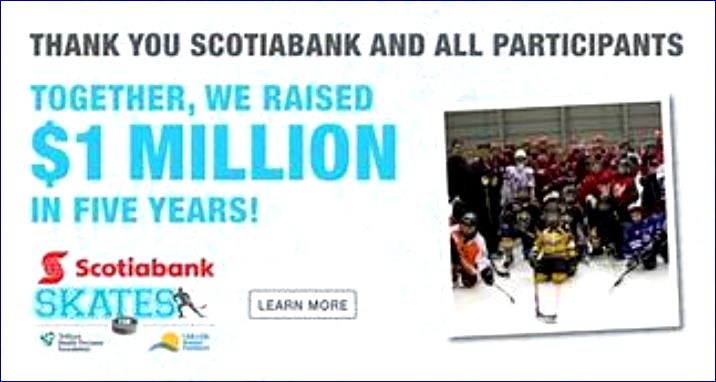

 Wikipedia Sitemap |
|
|  Useful Links 1 Useful Links 2 |

I wonder what the supermarket would look like if food dyes were banned. Would we buy and eat all those things that are made to look appetizing and nutritious? Our national requirements to list food dyes are a little loose, and make it confusing for the shopper as I discovered on my last trip to the store.
Today, the majority of our processed foods have synthetic dyes with vibrant and appealing colors. It would take a lot of imagination to guess that they are made from petroleum. Natural dyes derived from beets or carrots are rare to see.
According to Health Canada, a food additive is "any chemical substance that is added to food during preparation or storage and either becomes a part of the food or affects its characteristics for the purpose of achieving a particular technical effect."
Color sells amongst humans. Many animals are attracted to brightly colored foods, yet others see them as reasons to avoid a certain plant.
Take most lemonade for example. Reading the label may disclose that the vending color is derived from Tartazine also known as Yellow No. 5. There is weak evidence that repeated exposure may produce DNA damage. More commonly, I suspect it is to blame for hive rashes that appear out of the blue. Being yellow, look for it in anything that pretends to be cheese or lemon like. Macaroni, candy, pop and even vitamins and pickles have this stuff in them.
Red Dye #2 or Amaranth was banned in the United States in 1976 because of cancer causing fears amongst female rodents. Many other countries followed suit, but it is still used in soft drinks, baking mixes and even ice cream. Interestingly, France and Italy banned it with the exception of coloring caviar. It is also the reason red M&M candies disappeared for years, despite not containing any.
Red Dye #3 or Erythrosine was banned from cosmetics in 1984 due to weak evidence of causing thyroid cancer in rodents. It can be found in candies, bacon bit imitations and colored nuts. I even found it on a label in the "Natural Health Food" section.
So what is the big deal? All parents who have hosted children's parties know too well what happens when "open season" is declared, and toddlers are provided with abundant amounts of the worst "food" choices on the planet. Some become wild, inattentive and impossible to control, and in general, misbehavior rules. This has often been attributed to the "sugar high" from junk food, but studies have suggested that sugar is to blame for other problems and not the hyperactivity.
Synthetic dyes have no nutritional value and are found in foods that we should avoid anyway. Referring to these substances by simple numbers belittles the concern most parents should have.
Spend some time reading the labels and looking up meanings. Avoid the trap of thinking that all selling items have undergone rigid testing.
Please help the Credit Valley Wings with your charity sponsorship as they play for Trillium Health Partners - Credit Valley Hospital at the Paramount Fine Foods Centre (Formerly Hershey Centre) on Saturday, January 21, 2012.

Related resources:
● Food coloring from Wikipedia.
● Natural Food Colours from Food-Info, UK.
● Report on the Certification of Color Additives from U.S. Food and Drug Administration (FDA).
● Food Additives from Health Canada.
● Food Additives, Contaminants, Carcinogens, and Mutagens from National Center for Biotechnology Information (NCBI), National Library of Medicine (NLM), National Institutes of Health (NIH). "There has been no requirement to perform tests to determine carcinogenicity for most substances added to food ... Of the additives that have been tested, those shown to be carcinogenic when administered orally to laboratory animals are generally prohibited from use. However, there are some exceptions."
●
DNA damage induced by red food dyes orally administered to pregnant and male mice by Tsuda S, Murakami M, Matsusaka N, Kano K, Taniguchi K, Sasaki YF. Laboratory of Veterinary Public Health, Department of Veterinary Medicine, Faculty of Agriculture, Iwate University, Japan. Toxicol Sci. May 2001.
● FDA Urged to Prohibit Carcinogenic "Caramel Coloring" - FDA Urged to Ban Cola Caramel Coloring by News Desk on February 17, 2011. Certified Specialist in Poison Information (CSPI) Says Artificial Caramel Coloring is Quite Different from Real Caramel. "February 16, 2011: WASHINGTON - The 'caramel coloring' used in Coca-Cola, Pepsi, and other foods is contaminated with two cancer-causing chemicals and should be banned, according to a regulatory petition filed today by the Center for Science in the Public Interest."
● Food Dyes Linked to Behavioral Problems from Inspiration Green.
● Artificial Food Coloring Truth from Macquirelatory.com. What Is Coal Tar? Blue No. 1, Blue No. 2, Green No. 3, Red No. 40, Red No. 3, Yellow No. 5, Yellow No. 6, What's Blue Lake 1?
● Food Coloring and Health. Food coloring may cause hyperacitivity. By Peggy Trowbridge Filippone, About.com Guide.